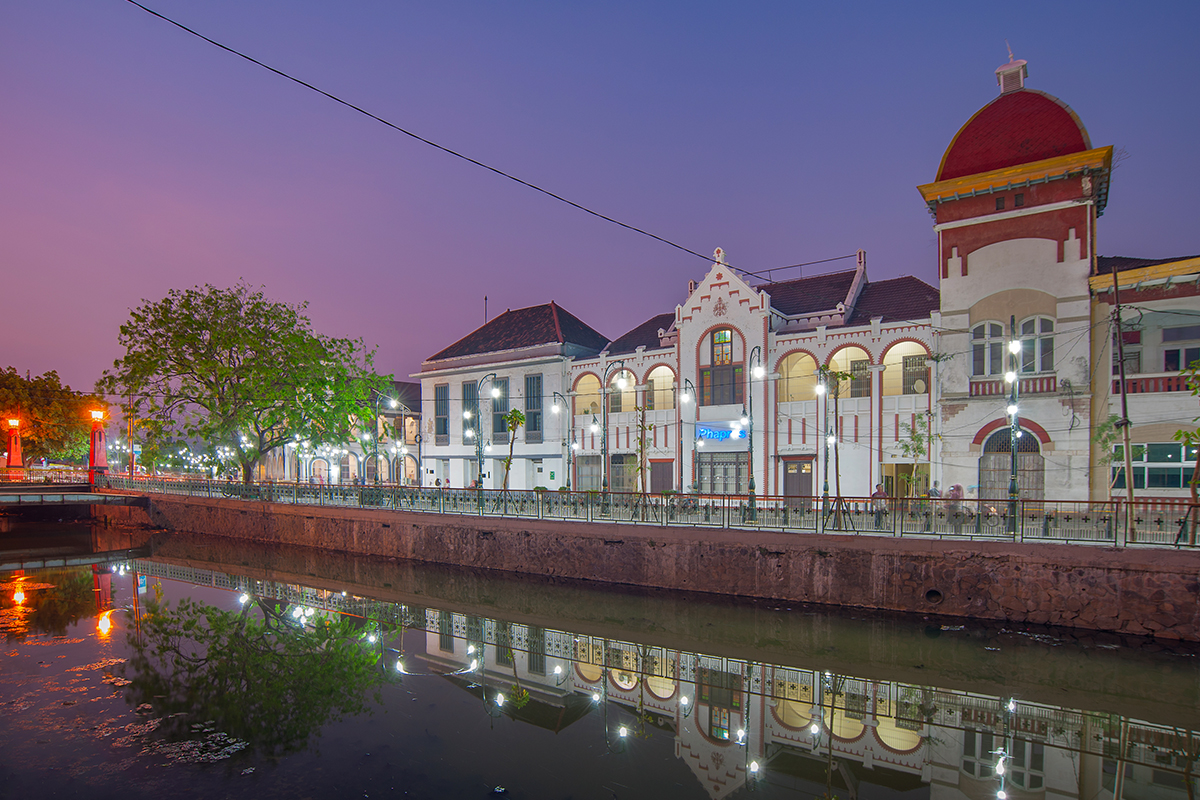Semarang Attractions never to be missed

According to history, Semarang was given by the Sulltan for the Dutch East India Company, in 1708, VOC, from which time this city was made into a Dutch enclave. For this reason, Semarang has an Old Town that was developed during Dutch colonial instances. The Old Town is best known for its Church called Gereja Blenduk. The Old Town is at present being reconstructed as well as revitalized. In Semarang city center are also a selection of colonial style buildings like the one called The building or lawang Sewu with a 1000 doors.
The Blenduk Church
Built in 1753 from the town of Semarang, the Blenduk Church while in the Old Town or perhaps Kota Tua Semarang, is renowned to be probably the oldest Protestant Church in danger of Central Java. Originally built in a conventional Javanese' Joglo' style, the church then underwent a remodel throughout 1894 on the current iconic Doric order design that can be seen today. The emblematic octagonal copper dome (also known as mblenduk in Javanese) is said to be inspired by the Church of St Peter Basilica in Vatican City
The historic Lawang Sewu Lawang Sewu, or otherwise referred to as the building with a thousand doors, is a historic landmark of Semarang. Originally built as headquarters of the Dutch East Indies Railway Company, this development is high in historic significance. For those that appreciate the eerie, many feel this building is said to be haunted.
Gedong Batu
Admiral Cheng Ho, or perhaps normally known as Zheng He, was a serious historical figure in Indonesian history, particularly in the city of Semarang. A Muslim explorer originating from China, Ho had a crucial part in introducing Chinese culture as well as traditions on the Indonesian community. The kid of Haji Ha Ma Zhi, Ho was the proper hand man to last Chinese Emperor Yong Le in the Ming Dynasty.

Sam Poo Kong Temple Complex
Sam Poo Kong (also known as Gedong Batu Temple) could be the oldest Chinese temple in Simongan, Semarang. This majestic temple was established by Chinese Muslim explorer, Admiral Zheng He (also known as Cheng Ho) from the 15th century and is used now as an area of worship and pilgrimage by Indonesians of the religious denominations. The original temple was a cave Zheng He realized on 1 of the expeditions of his, but due to an avalanche within 1704, a brand new temple (which is the present Sam Poo Kong) was resurrected inside a cave alongside it.
Visit https://www.tripindicator.com/ semarang -activities/1/24870/N.html for Semarang attractions, sightseeing tours, outdoor activities, water sports and day trips.
Visit https://wikitravel.org/en/Semarang for more travel information.
